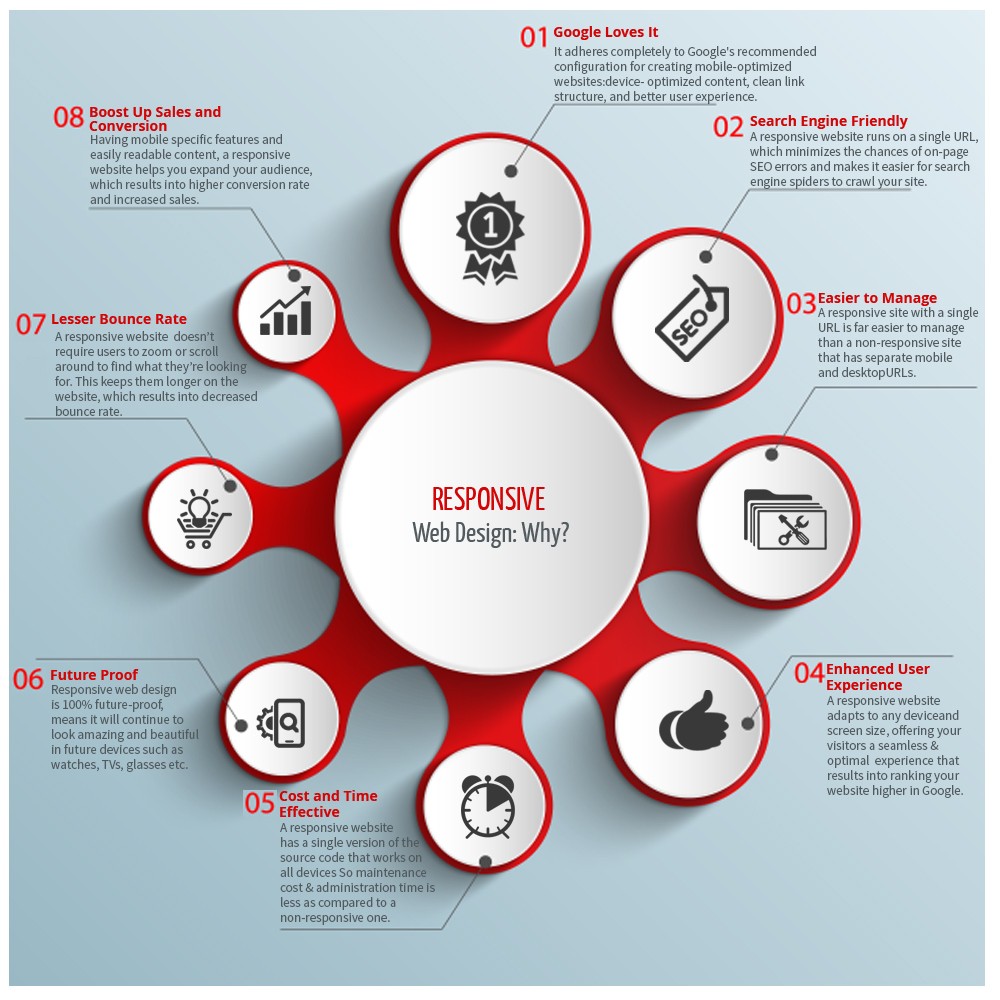Join Us As We Embark On A Journey Through Time, Exploring The Evolution Of Web Site Layout And Just How It Has Actually Impacted The Digital Landscape
Join Us As We Embark On A Journey Through Time, Exploring The Evolution Of Web Site Layout And Just How It Has Actually Impacted The Digital Landscape
Blog Article
https://online-marketing-process40617.theobloggers.com/35989334/picking-the-most-effective-electronic-advertising-and-marketing-firm-for-your-business -Dalrymple Vangsgaard
In the past, websites were straightforward and concentrated on details. Navigation was straight, and style was for desktops. Currently, individual experience is key. Data overviews layouts for simple navigation. Receptive formats match various devices. Today, dark setting lowers pressure, and minimalist menus improve navigation. Interactive functions engage customers, and vibrant visuals stick out. AI integration improves interaction. See exactly how design has actually evolved to boost your online journey.
Very Early Days of Web Design
In the very early days of website design, simpleness reigned supreme. Sites were standard, with minimal shades, fonts, and layouts. The focus was on offering info as opposed to showy visuals. Individuals accessed the net via sluggish dial-up links, so speed and capability were essential.
Navigation food selections were straightforward, typically located at the top or side of the page. Websites were developed for computer, as mobile browsing had not been yet common. Content was king, and developers prioritized simple readability over complex design elements.
https://smallbiztrends.com/2020/04/digital-marketing-during-a-pandemic.html was the main coding language utilized, and designers had to function within its restrictions. Animations and interactive attributes were minimal compared to today's requirements. Internet sites were fixed, with little vibrant content or individualized individual experiences.
Rise of User-Focused Design
With the development of internet site style, a shift in the direction of user-focused layout concepts has ended up being significantly prominent. Today, developing web sites that focus on customer experience is critical for involving visitors and accomplishing organization goals. User-focused design involves understanding the demands, preferences, and actions of your target market to customize the internet site's design, material, and features accordingly.
Designers now conduct extensive research, such as user surveys and functionality testing, to collect insights and feedback directly from customers. This data-driven approach assists in creating intuitive navigating, clear calls-to-action, and aesthetically attractive interfaces that reverberate with site visitors. By putting the individual at the facility of the layout procedure, web sites can supply a much more tailored and satisfying experience.
Receptive style has additionally become an essential facet of user-focused style, making certain that sites are optimized for various tools and display sizes. This versatility boosts ease of access and use, accommodating the diverse methods customers connect with internet sites today. In essence, the rise of user-focused style represents a change towards creating digital experiences that focus on the needs and assumptions of the end user.
Modern Trends in Website Design
Explore the most recent fads forming website design today. One prominent pattern is dark mode layout, using a sleek and modern appearance while lowering eye strain in low-light environments. One more essential fad is minimal navigation, streamlining menus and enhancing individual experience by concentrating on essential elements. Including micro-interactions, such as animated buttons or scrolling impacts, can develop a much more engaging and interactive internet site. Responsive design continues to be important, guaranteeing seamless individual experiences across numerous tools. In addition, utilizing bold typography and asymmetrical designs can include visual interest and accentuate certain web content.
Incorporating AI innovation, like chatbots for client assistance or personalized suggestions, improves user interaction and enhances processes. Access has also end up being a considerable trend, with designers focusing on inclusive design practices to satisfy varied individual demands. Embracing sustainability by optimizing website efficiency for rate and efficiency is one more emerging pattern in web design. https://digitalmarketingexplained40627.atualblog.com/35960781/carefully-pick-a-digital-marketing-company-for-your-company-by-considering-your-objectives-financial-resources-and-expertise-of-the-market-discover-more-to-attain-success with customer responses and information analytics to iterate and boost layout constantly is crucial for staying pertinent in the ever-evolving digital landscape. By accepting these modern-day trends, you can develop a visually attractive, easy to use internet site that reverberates with your audience.
Conclusion
As you reflect on the advancement of internet site layout from the very early days to currently, you can see how user-focused design has ended up being the driving force behind contemporary patterns.
Welcome search engine optimization advertising of modification and adjustment in website design, always maintaining the individual experience at the leading edge.
Stay present with the latest trends and technologies, and never ever stop evolving your technique to develop visually stunning and straightforward sites.
Evolve, adapt, and develop - the future of web design remains in your hands.
